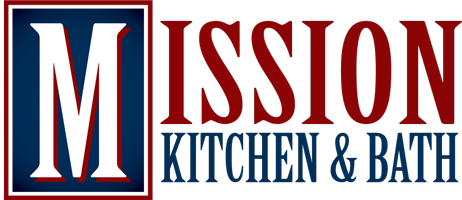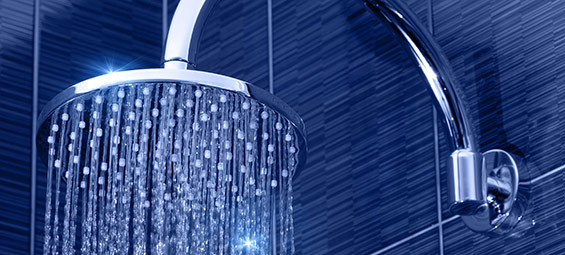As homeowners are looking for ways to make their homes more energy efficient, one room that can garner substantial energy savings is the bathroom. The bathroom is one of the most energy-consuming rooms in the home, rivaled only by the kitchen. By improving the energy efficiency in your bathroom, you save money and help the environment.
Large amounts of water, heat, and electricity are used in the bathroom by each member of the household. In fact, up to half of the water consumed by your home is used in the bathroom. In addition to looking for ways to reduce the amount of water used, you should also look for ways to reduce the energy needed to heat it. With the exception of heating and cooling your home, heating water uses more energy than any other household function.
If you’re planning to remodel your bathroom, this is the perfect opportunity to integrate features that will help conserve energy. One of the obvious ways to help improve energy efficiency is to replace old, inefficient fixtures with new fixtures that will reduce water and energy consumption. Newer toilets can reduce water usage from 3.5 to 7 gallons per flush to less than 1 gallons per flush. Installing new showerheads can reduce water usage from 6 gallons per minute to a maximum of 2.5 gallons per minute to less than 1 gpm, which also saves you on the electricity needed to heat all that additional water. Replacing old, worn-out faucets and showerheads can save the average family as much as 17,000 gallons of water per year. When shopping for new bathroom fixtures, look for the EPA WaterSense logo.
Your water heater is another place where you can save money by upgrading to a more efficient model. A new water heater can save as much as 30 percent over an older, less efficient one. Go a step further and insulate your hot water heater. A water heater insulator costs only $10 to $20 but can reduce your standby heat loss by 25 to 40 percent and reduce your heating costs by 4 to 9 percent. During a remodel, if you are cutting into the walls anyway, use it as an opportunity to also insulate the lines running into the bathroom for additional energy savings.
Adding windows to your bathroom will help your bathroom feel more spacious and they will allow in natural light, reducing the need for artificial lighting. If your windows face west, you will get the added benefit of the windows helping to heat the room. Be sure to choose insulated windows that are energy efficient.
Even if you aren’t remodeling your bathroom, you can still take steps to improve its energy efficiency by fixing any leaky faucets, showers, or tubs. If your toilet is allowing water to seep through the flush valve, replace those internal parts. While a tiny drip may not seem like a big deal, over time it can add up. Also be sure to seal any air leaks and make sure you have proper ventilation. Even just changing out your light bulbs can save money and energy. Switch to compact fluorescent blubs or LED bumps, which use up to 75 percent less energy than traditional bulbs.

